We would like to monitor how you interact with this website so we may continue to improve it.
Delve into Hartlepool’s fascinating Anglo-Saxon heritage – a remarkable story not to be missed.

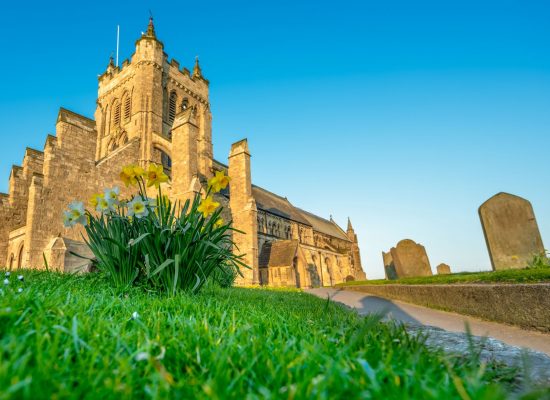
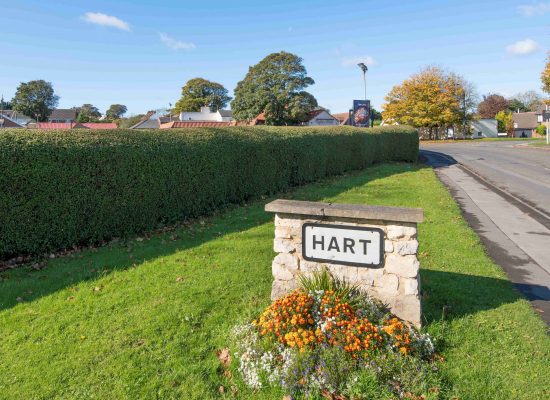
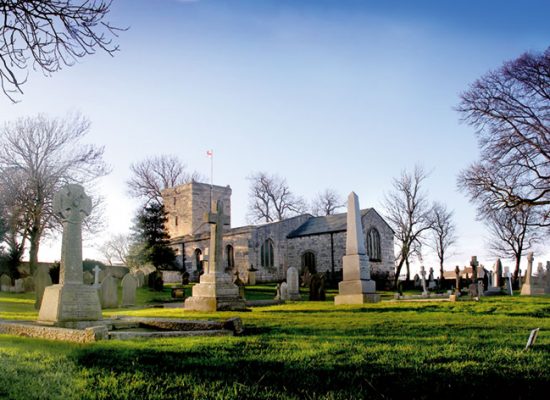
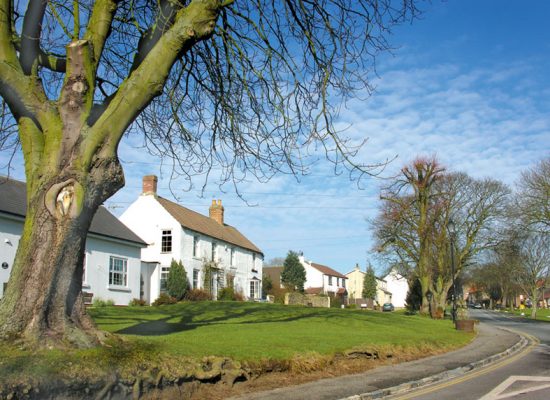
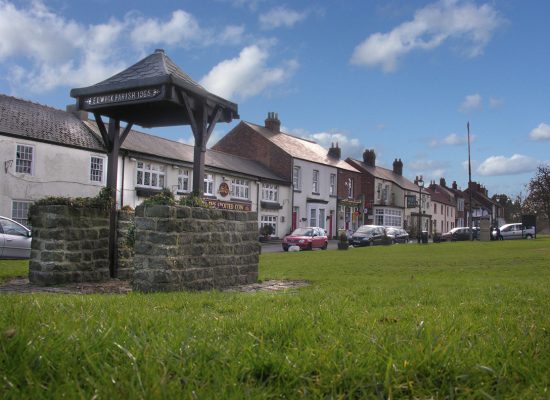

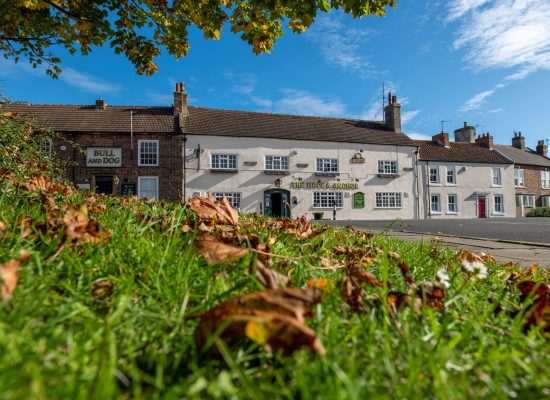
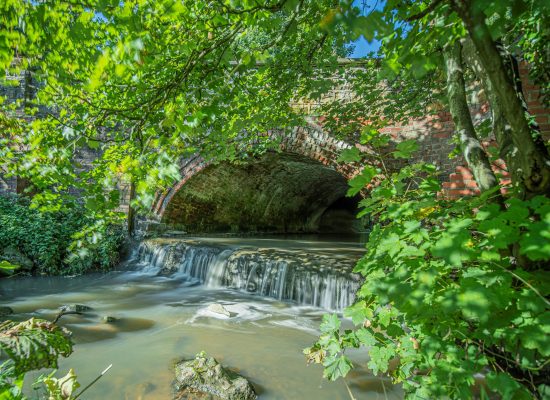
The isolation of the Headland and its easy access by sea, led to its early settlement by Anglo Saxon’s. During this time Hartlepool was referred to as ‘Herut eu’, a term meaning Stag Island.
The remnants of Hartlepool’s Anglo-Saxon heritage are evident even today. Of major significance is the beautiful church of St Hilda – this impressive structure is of Early English build with outstanding features including huge buttresses, a six-bay nave and a stunning Norman doorway. It is believed to be on the site of the monastery where St Hilda became abbess in 648AD. The story of St Hilda can be further explored in an interactive pilgrimage trail (titled, ‘The Way of St Hild’) celebrating her significant spiritual journey from Hartlepool Headland, all the way across the coast to Whitby Abbey.
St. Mary Magdalene Church, located in Hart Village, also has roots dating back to the Saxon era. It was built in stone in the Anglo-Saxon/Viking period which likely replaced an earlier Saxon church of wooden structure. The Brus wall just outside of the church is what remains of a huge medieval house that once belonged to the de Brus family during the Norman era. It stands on the site of an earlier Saxon hall.
Both Elwick and Dalton Piercy on the outskirts of Hartlepool have Saxon heritage. The beautiful old village of Elwick, has a history that stretches back over a millennia. The present St Peter’s Church dates back to 1190, although there has been a place of worship on this site since Saxon times.
Pre-Norman Conquest, Dalton Piercy fell within the boundaries of the Manor of Heort, a large Saxon estate that stretched from Castle Eden Dene to the River Tees. In fact, the name ‘Dalton’ has Anglo-Saxon origins and means the ‘enclosure in the valley’.
Be sure to take the time to explore these peaceful and quaint villages of Hartlepool by following our self-guided walking trail here.
